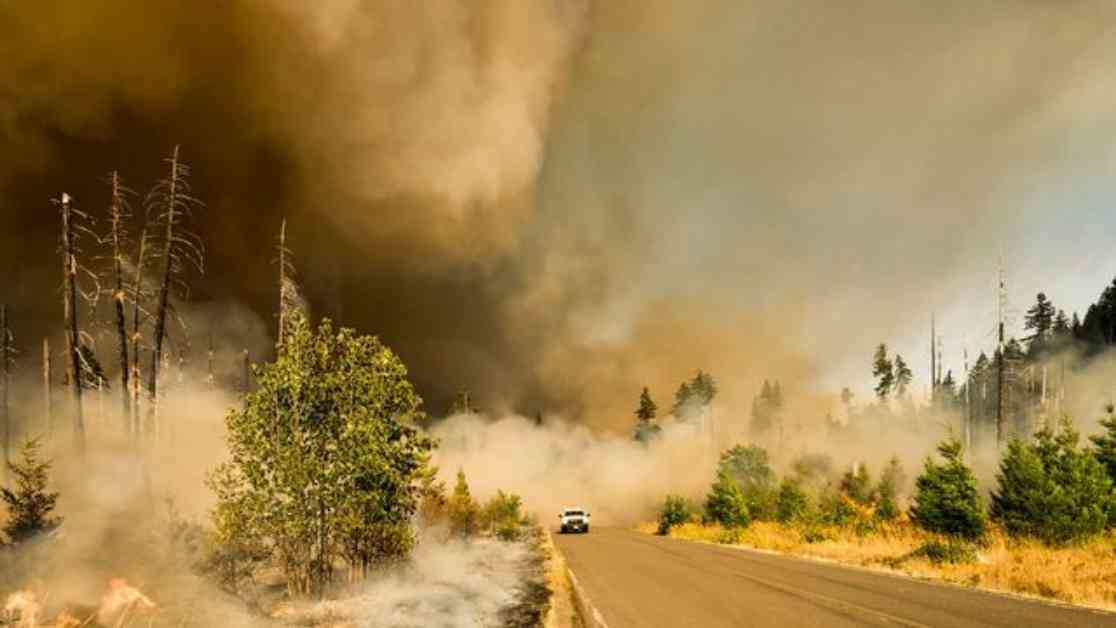Wildfire Inequities in California: A Critical Analysis
Wildfires in California have been a persistent threat, exacerbated by rising temperatures and dry vegetation, leading to increased risks for residents. Marginalized populations, including lower-income individuals, the elderly, and the disabled, are disproportionately affected by these natural disasters. A recent study conducted by scientists at the University at Buffalo sheds light on the unequal distribution of resources for wildfire recovery in California, highlighting stark disparities among different socio-economic groups.
Understanding Resource Allocation Disparities
The study, which analyzed over 500 wildfire incidents in California spanning from 2015 to 2022, revealed a troubling trend in resource allocation. Researchers found that communities with higher percentages of lower-income and black populations received significantly fewer resources compared to wealthier, predominantly white neighborhoods. This inequity in resource allocation was evident across various parameters, including personnel deployment, equipment availability, and economic assistance for recovery efforts.
Implications for Vulnerable Populations
One striking finding from the study was the impact of racial and economic factors on resource allocation during wildfire incidents. Counties with higher numbers of Hispanic or Latino residents, despite facing a higher wildfire risk, had fewer rescue personnel available to them. Similarly, areas with larger populations of elderly and disabled individuals, who are more vulnerable during evacuations, received inadequate assistance during rescue operations. The study also highlighted the challenges faced by crowded households in receiving sufficient resources, despite the heightened risks of injuries and fatalities in such settings.
Policy Implications and Call to Action
Dr. Sayanti Mukherjee, the principal investigator of the study, emphasized the importance of addressing these disparities in resource allocation. The findings underscored the critical role of ethnicity, economic status, and demographic composition in determining wildfire resource distribution. This research serves as a crucial tool for policymakers to make informed decisions about resource allocation, ensuring a more equitable and inclusive approach to wildfire recovery efforts in California.
As we reflect on the implications of this study, it prompts us to consider how we can collectively work towards a more just and equitable society, where all individuals, regardless of their background, have access to essential resources during times of crisis. By raising awareness about these disparities and advocating for change, we can strive to create a more resilient and supportive community for all Californians. Let’s come together to address these challenges and build a future where every individual is valued and protected in the face of natural disasters.
















